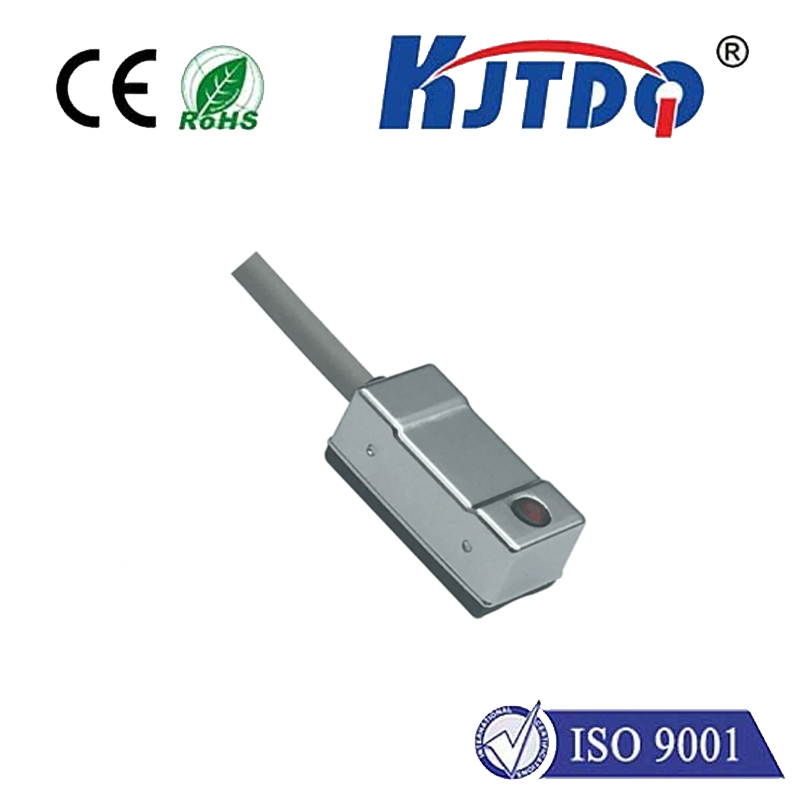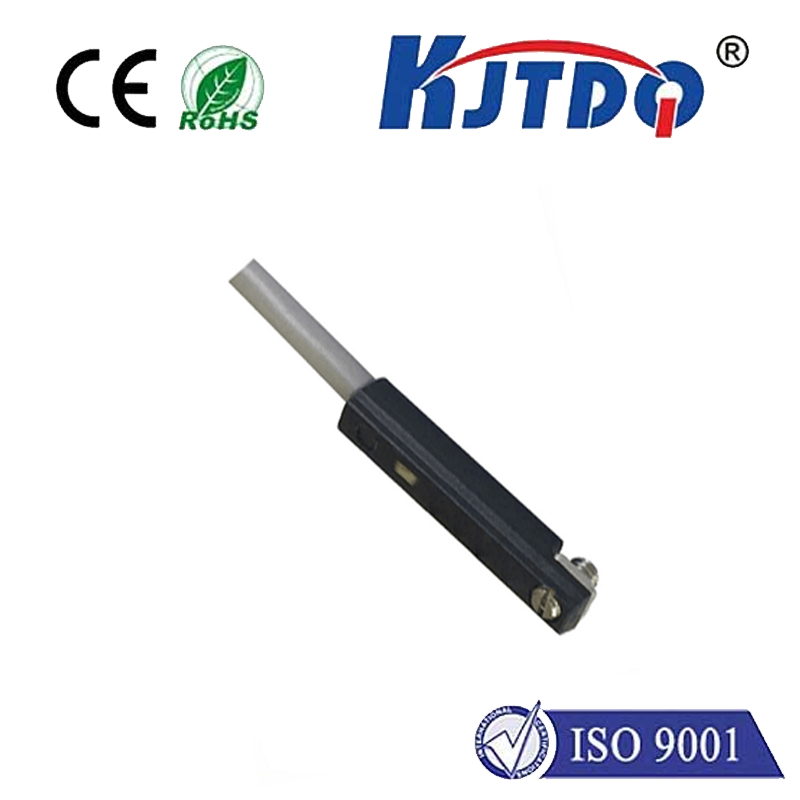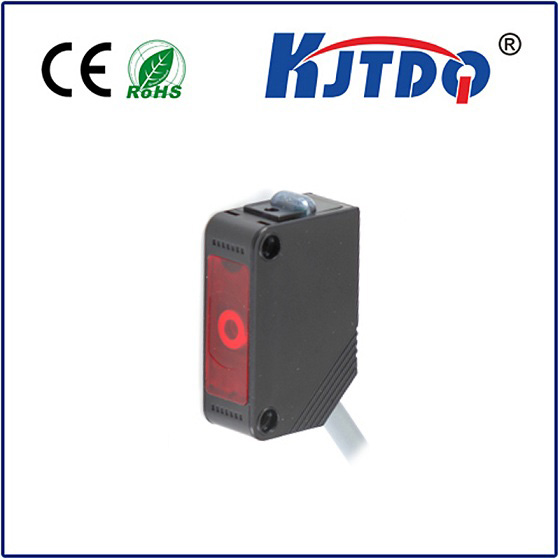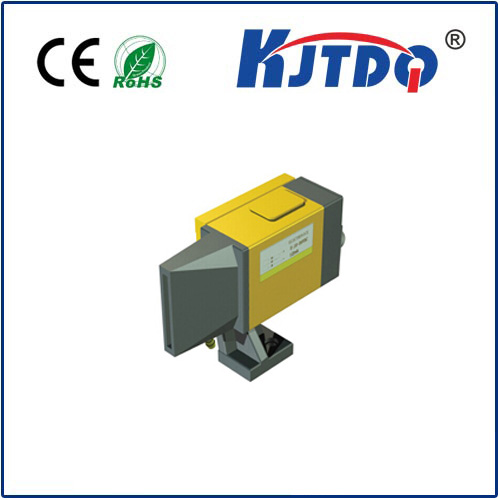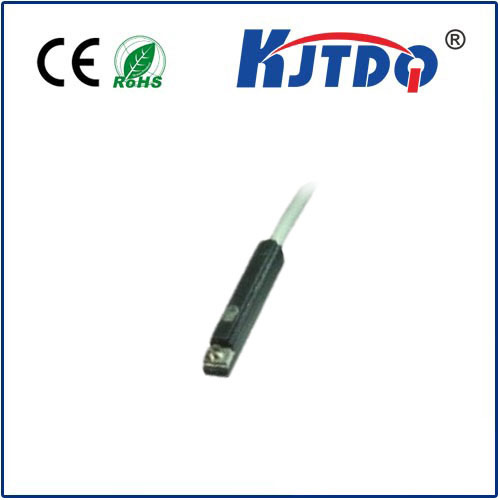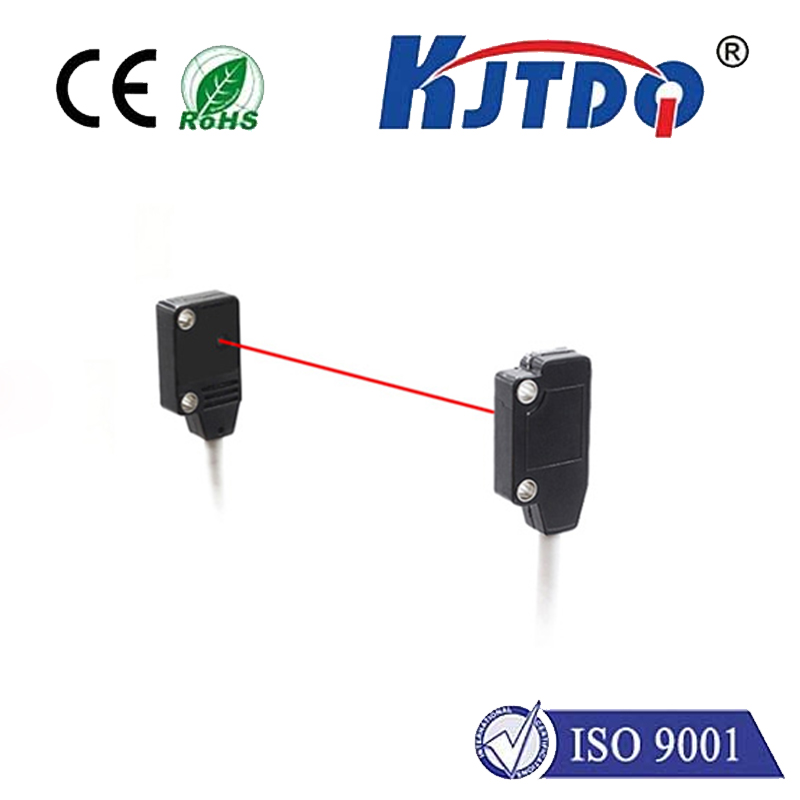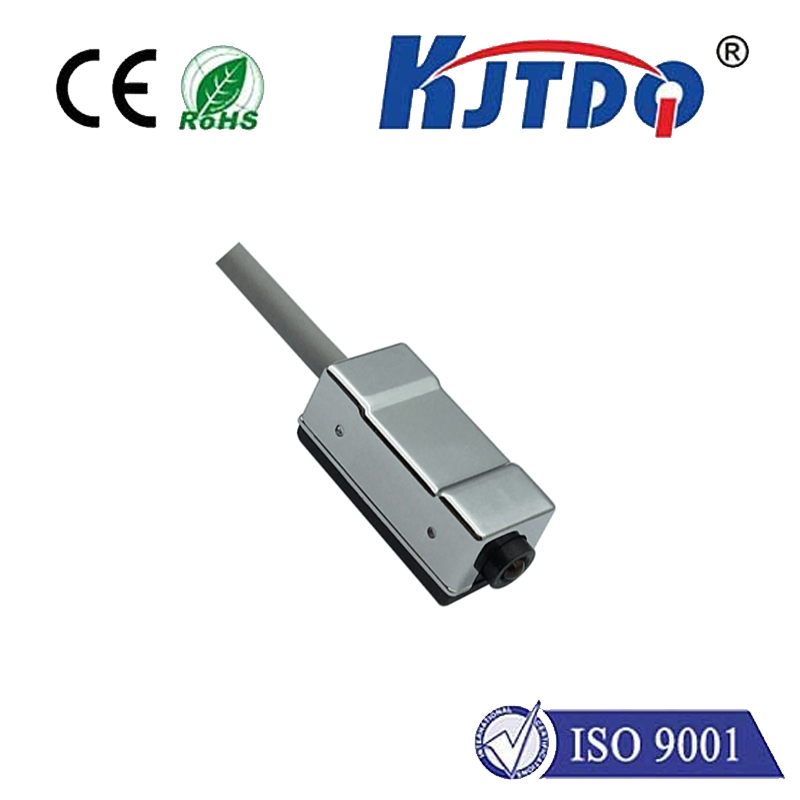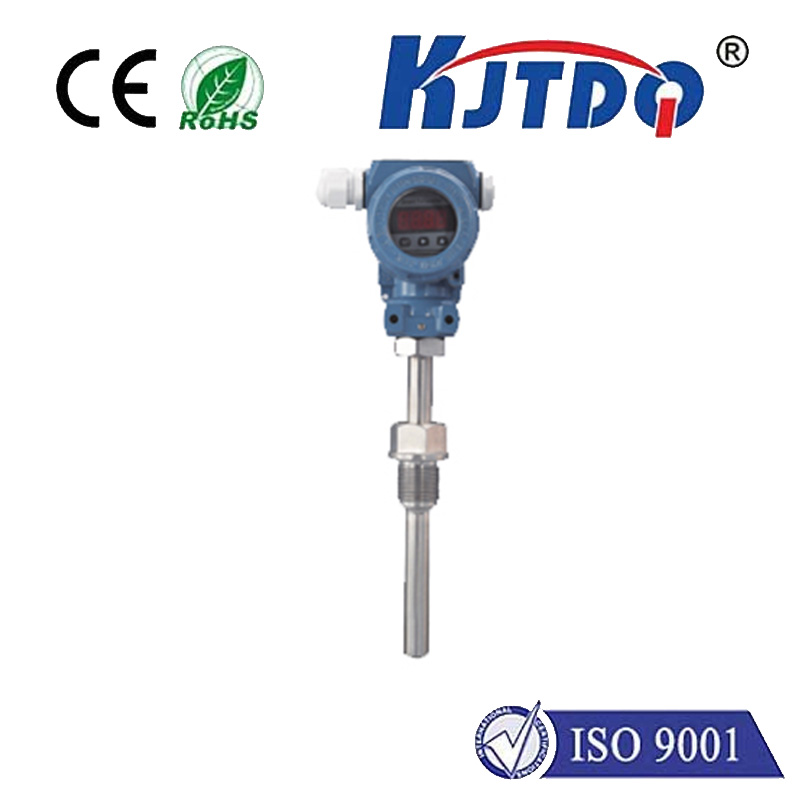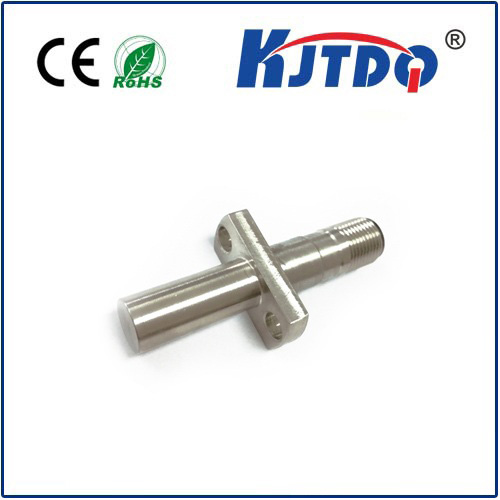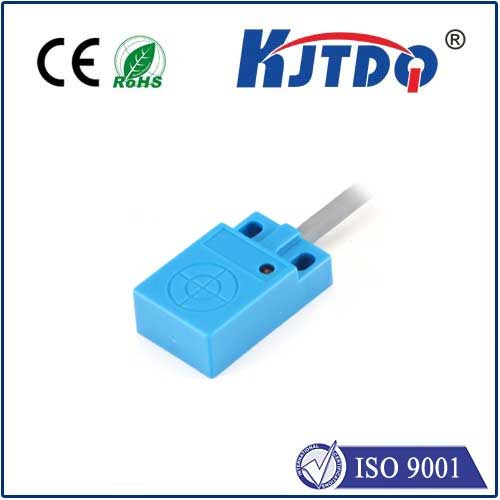
check

check

check

check
Title: The Future of Sensing Technology: Long Range Capacitive Proximity Sensors
Sensing technology has been an integral part of modern innovation, and the advent of long-range capacitive proximity sensors marks a significant milestone in this field. These sensors are not just another tool for detection; they represent a revolutionary step towards more efficient, precise, and user-friendly applications across various industries.

Capacitive proximity sensors operate on the principle of capacitance, which is the ability of a system to store electrical energy. When an object comes near these sensors, it alters the electrostatic field around them, causing a change in capacitance that can be detected. Unlike traditional proximity sensors that rely on other physical quantities like infrared or ultrasonic waves, capacitive sensors provide superior sensitivity and reliability without being affected by environmental factors such as temperature, humidity, or dust. This makes them highly robust and versatile for use in harsh or unpredictable conditions.
The long-range capability of these sensors further enhances their utility. While conventional capacitive sensors have limited detection ranges, typically within a few centimeters, long-range capacitive proximity sensors can detect objects at distances exceeding several meters. This breakthrough expands the scope of their applications exponentially. For example, in automotive industries, these sensors can enable advanced safety features by detecting nearby vehicles or obstacles even before they come into direct sight. Similarly, in industrial automation, they can help machines identify and avoid collisions with workers or other machinery operating in close quarters.
One notable advantage of long-range capacitive proximity sensors is their potential for touchless interaction. In healthcare facilities, where hygiene is paramount, these sensors can activate systems like faucets, doors, or elevators without any physical contact, reducing cross-contamination risks. Retail businesses can also benefit from touchless payment systems or interactive displays that respond to customer presence without requiring direct touch.
Moreover, the development of these sensors aligns well with the ongoing trends toward smart homes and Internet of Things (IoT) devices. Long-range capacitive proximity sensors can seamlessly integrate with smart home systems to control lighting, heating, or security based on the occupancy status of a room. As IoT evolves, these sensors will play a crucial role in creating intelligent environments that react intuitively to human presence and activities.
In conclusion, long-range capacitive proximity sensors stand at the forefront of sensing technology due to their high precision, adaptability, and expanded operational reach. Their ability to sense objects over greater distances opens up new horizons for safety enhancements, touchless interactions, and smart integration across various sectors. As research continues and applications multiply, we can expect these sensors to transform how we live, work, and interact with our environment.
